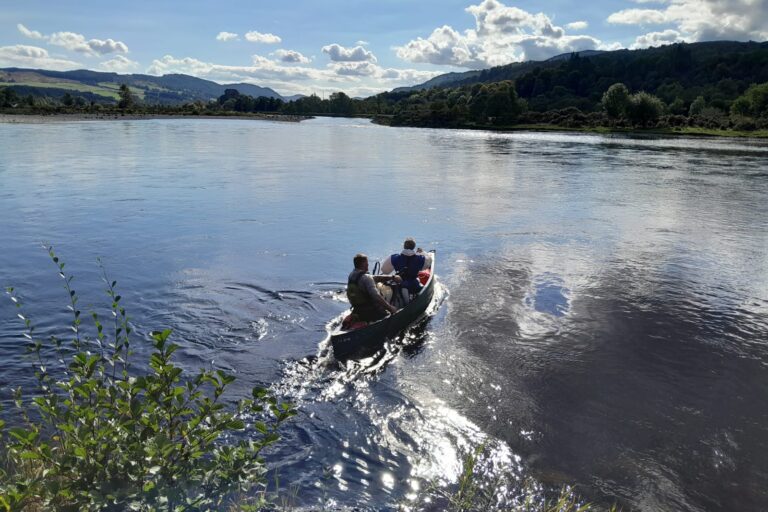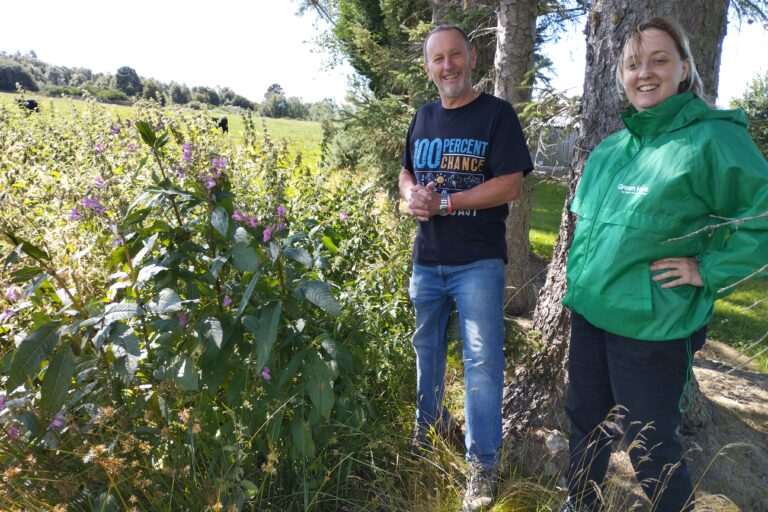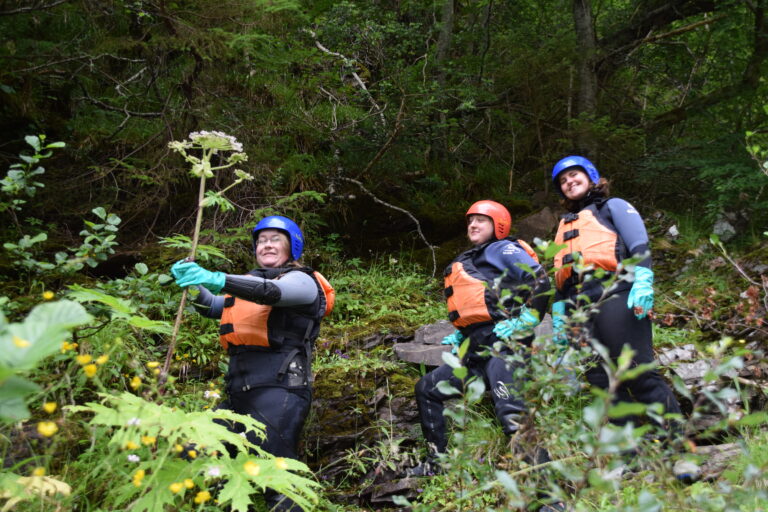European otter
The European otter (Lutra lutra) is found on most river catchments in Scotland. Otters are secretive, solitary, semi-aquatic mammals that belong to the mustelid family (along with stoats, weasels, pine marten and American mink) and are found either at the coast or inland on rivers and lochs. They have brown fur, often pale on the underside, a long slender body with a long thick tail, webbed feet and a broad head with small ears. They swim low in the water, with the head and back barely showing.
‘River’ otters feed mainly on fish such as trout, salmon and eels, and will also take frogs and toads and occasionally small mammals and birds. They are mainly nocturnal and most active at dusk and dawn. Their home ranges are large – around 32km for males and 20km for females. ‘Coastal’ otters (the same species) feed almost exclusively in the sea, and are mainly active during the day. They have much smaller home ranges because of the abundance of fish and crustacean prey in inshore waters. ‘Coastal’ otters also require access to freshwater in order to keep their fur clean and free of salt.
Dens, known as ‘holts’, are used for shelter and breeding and can be a burrow, natural hole, pile of rocks or cave. ‘Couches’ are above-ground structures used for resting or temporary shelter. In Britain, otter cubs, usually in litters of two or three, are born throughout the year. Cubs are raised by the mother, without help from the male, and juveniles stay with her for around a year. Otters leave spraints in prominent places in their territory to mark the their range, defend territory and to maintain social contact with one another.
In Gaelic, otter is dòbhran, from an old word meaning “water – dog”.



